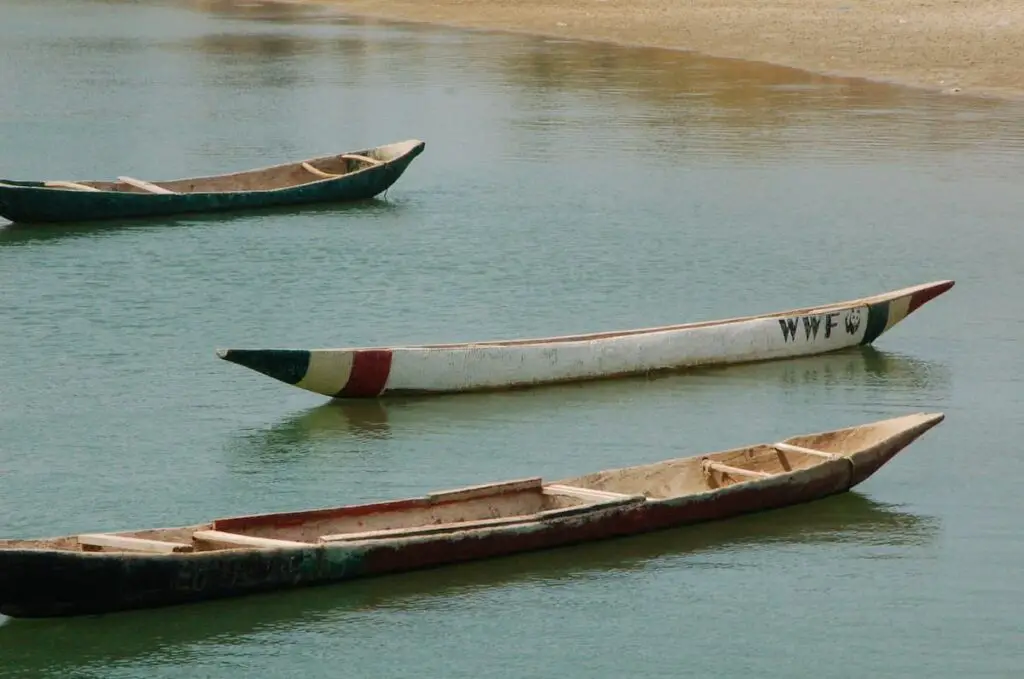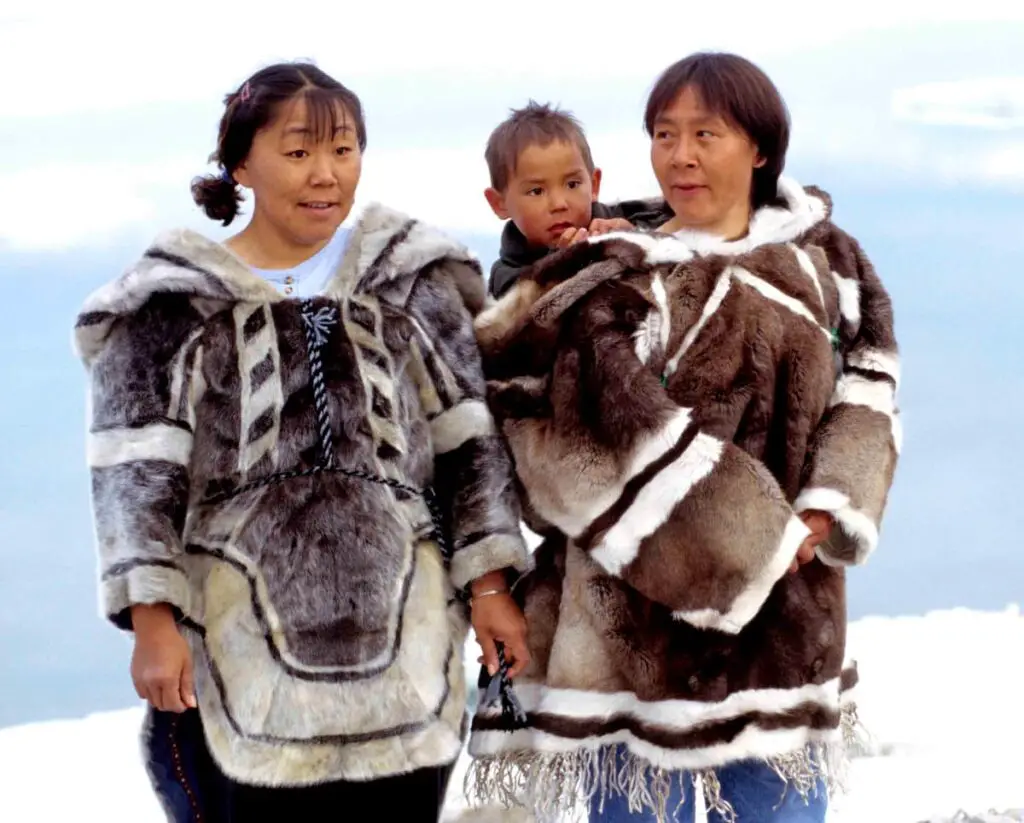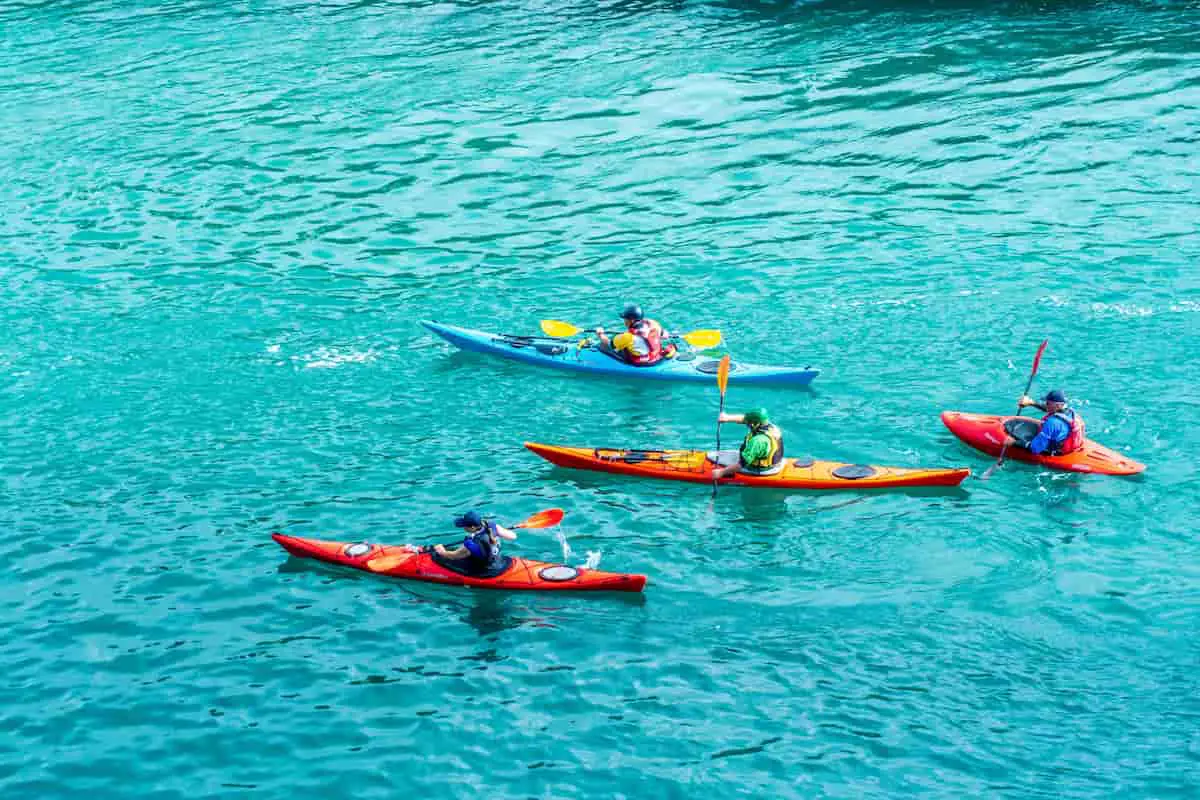Kayaking, an activity enjoyed by countless people worldwide for recreation and sport, has a rich history that can be traced back thousands of years. In this article, we will explore the origins of kayaking, its cultural significance in indigenous communities, key innovations in kayak design, and how kayaking spread around the globe. We will also discuss the importance of celebrating and preserving the legacy of the inventor of kayaking.
The Origins of Kayaking
The history and inventors of kayaking can be traced back over 4,000 years to the indigenous people of the Arctic region, including the Inuit, Yupik, and Aleut tribes. These early kayakers created the very first kayaks as a means of transportation, hunting, and fishing on the frigid coastal waters of their homeland.
Two of the main types of traditional kayaks were the closed-deck design, known as the qajaq, and the open-deck design called the umiak. The construction and materials used in these early kayaks provide us with valuable insight into the ingenuity and resourcefulness of these early Arctic inventors.
Ancient Kayak Designs and Materials

Early kayaks were typically crafted using a wooden or whalebone framework covered in the waterproofed skins of seals or other marine mammals. Skilled craftsmen meticulously sewed the skins together with sinew and secured them over the kayak frame, ensuring a watertight vessel capable of navigating through the icy waters. Despite their simple materials, these kayaks were incredibly lightweight and durable, making them ideal for their intended purpose.
In addition to their functional design, early kayaks also showcased regional variations in shape, size, and decorative elements. This rich diversity allowed kayak builders to create boats that met the unique needs and preferences of their community, while also reaffirming their distinct cultural identities.
Cultural Significance of Kayaking in Indigenous Communities
Kayaking played an essential role in the survival and well-being of Arctic indigenous communities, serving as a vital means of transportation, a tool for hunting, and a symbol of cultural and spiritual significance. Kayak-building techniques were often passed down through generations, with young apprentices learning the craft from their elders. As such, kayaks embodied the accumulated knowledge and expertise of the community, making them a source of pride for their builders and owners.
Beyond their practical uses, kayaks also held symbolic significance in many indigenous cultures. For example, among the Inuit people, it was believed that kayaks carried the energy and spirit of their builder, while also acting as a conduit between the human world and the powerful forces of nature.
The Inuit People: Pioneers of Kayaking

The Inuit are often credited as the inventors of kayaking due to their innovative and efficient kayak designs, which remain influential even today. Their skill in crafting and using kayaks ensured the survival and growth of their communities in the Arctic’s harsh conditions.
The Inuit’s ability to construct durable, lightweight, and custom-built kayaks allowed them to navigate the region’s treacherous waters, hunt sea mammals, and travel between distant settlements. Additionally, kayaking played an integral part in their society and culture.
Inuit Kayak Construction Techniques
Inuit kayak builders employed several ingenious methods to create strong, watertight vessels. They were careful to select the appropriate materials, considering factors such as local resources, weather conditions, and individual preferences. Common materials included driftwood, whalebone, and antlers, which were shaped into a durable frame. The frame was then covered with sewn-together animal skins, often from seals or caribou, which were laboriously treated and waterproofed.
Fine details and decorations, such as paint, bone inlays, and fur trim, added individuality and beauty to each kayak. The end result was a functional work of art that could withstand the harshest conditions and serve as a source of pride for its owner.
The Role of Kayaking in Inuit Society
Beyond its practical applications, kayaking played a significant role in the social and cultural fabric of Inuit communities. Expert kayak builders were highly respected for their craftsmanship, and kayaking skills were a mark of strength, skill, and endurance. Furthermore, kayaking often featured in traditional stories and legends, emphasizing its symbolic importance.
Kayak-related ceremonies, games, and competitions were a central part of Inuit culture. These events celebrated the importance of the kayak and allowed individuals to demonstrate their prowess and skill, fostering a strong sense of community and identity.
Key Innovations in Kayak Design
Throughout history, key innovations and improvements have shaped the evolution of kayak design. Many of these advancements have their roots in the original designs created by the Inuit people, while others have emerged in response to the growing popularity and applications of kayaking.
The Transition to Modern Materials
As modern materials and manufacturing techniques became more widely available, kayak builders began to experiment with new materials such as canvas, fiberglass, and roto-molded plastic. While these new materials offered advantages in terms of durability and ease of production, they also allowed for a greater degree of customization and adaptation to suit the needs of individual kayakers and different environments.
Today’s kayaks are often made of lightweight materials like polyethylene, carbon fiber, or Kevlar, yet the influence of the original Inuit designs can still be seen in elements like the closed-deck hull, watertight compartments, and functional shape.
Evolution of Kayak Styles and Purposes
As kayaking has grown in popularity, so too has the range of kayak styles and purposes. Traditional Arctic kayaks have inspired a variety of contemporary kayak designs, including sea kayaks for long-distance touring, whitewater kayaks for navigating rapids, and recreational kayaks for casual paddling.
Modern innovations, such as sit-on-top kayaks, inflatable kayaks, and pedal-powered kayaks, have further expanded the appeal and accessibility of kayaking to a diverse range of people and environments.
The Spread of Kayaking Around the World
From its humble beginnings in the Arctic, kayaking has grown into a global phenomenon, enjoyed by millions of people for sport, recreation, and adventure. As the popularity of kayaking has grown, so too has the influence of the Inuit and their groundbreaking designs.
Kayaking as a Sport and Recreational Activity
Kayaking has emerged as a popular sport and recreational activity, with enthusiasts participating in various disciplines such as racing, touring, whitewater, or leisurely paddling. The modern Olympic Games have included kayak racing events since 1936, further establishing the sport’s prominence.
Outdoor education and guided kayak tours have also introduced a new generation of paddlers to the joys and challenges of kayaking, while fostering an appreciation for the natural environment and the sport’s history.
The Influence of Inuit Designs on Modern Kayaking
The fundamental principles of Inuit kayak construction and design continue to shape the modern kayaking world. With the exception of modern materials and manufacturing processes, the basic form and function of the kayak remain true to their original purpose: nimble, efficient, and intimately connected to the water.
Even today, some enthusiasts continue to build traditional skin-on-frame kayaks, embracing the challenge and satisfaction of crafting a kayak by hand and paddling a vessel that bears a direct lineage to the sport’s ancient inventors.
Celebrating the Legacy of the Inventor of Kayaking
The innovative spirit of the Inuit people and their lasting contributions to the world of kayaking deserve recognition and celebration. By preserving the traditional knowledge and techniques of kayak-building, we can honor the cultural impact of kayaking and foster a deeper understanding of the sport’s storied history.
Preserving Inuit Kayaking Traditions
Efforts to document and preserve the indigenous knowledge, skills, and techniques involved in traditional Inuit kayak construction are essential for keeping this rich heritage alive. Workshops, classes, and apprenticeships that teach these skills can help ensure that future generations continue to appreciate and practice these time-honored arts.
Organizations such as the Labrador Kayak Tradition Project and the Qajaq USA are dedicated to preserving and promoting the ancient knowledge and craftsmanship associated with traditional Arctic kayaking, helping to bridge the gap between the historic origins of kayaking and its modern forms.
Honoring the Cultural Impact of Kayaking
By paying tribute to the Inuit people and their groundbreaking invention, we acknowledge the deep roots and cultural significance of kayaking. Whether through educational initiatives, museum exhibits, or gatherings and competitions that celebrate the sport’s history, we can help ensure that the legacy of the inventor of kayaking continues to inspire and enrich the lives of kayakers for generations to come.
